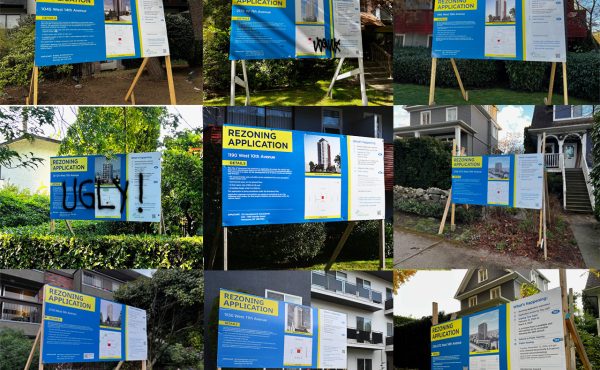
Author: Lydia Kallipoliti (Actar, 2024)
In an era when “green” is a brand and climate collapse is a backdrop, Lydia Kallipoliti’s Histories of Ecological Design: An Unfinished Cyclopedia refuses to tell a comfortable story. True to its title, it is “unfinished”—a sprawling, multi-entry exploration of overlapping and often contradictory histories of how humans have imagined, represented, and built in relation to the natural world.
Rather than offering a single authoritative account, Kallipoliti maps an evolving constellation of ideas—from 19th-century naturalists’ “trees of life” to 21st-century designers wrestling with toxicity, planetary limits, and post-human entanglements.
The book’s three broad eras—Naturalism, Synthetic Naturalism, and Dark Naturalism—trace changing attitudes: from idealized, often colonial visions of wilderness; to mid-century systems thinking that framed nature as something cities and technologies could emulate; to our current moment, where climate disruption and ecological collapse demand a reckoning with uncertainty, inequity, and the dissolving boundaries between human and non-human life.
The framework is deliberately non-linear. Readers can follow a chronological arc or dip into thematic clusters such as “World Planners,” “Garbage Architects,” or “Non-Humans.” This structure reflects her argument: ecological design is not a fixed discipline, but a recurring “cycle” of ideas—reappearing, mutating, and cross-pollinating across time and place. It challenges the notion that environmental design has a clear origin or a predictable trajectory.
A major strength of the book is its refusal to romanticize the concept of “ecology.” Kallipoliti shows how its history is intertwined with capitalism, colonialism, and human supremacy over nature. She warns against nostalgia for an idealized natural order—revealing how such visions can distort ecological realities—and critiques “green” building certifications that mask extractive systems under a veneer of sustainability.
In the context of climate change, this feels urgent. Here, being ecological is not a label or checklist—it is an ongoing negotiation between technological capacity, ecological humility, and justice.
This project builds on her earlier work, The Architecture of Closed Worlds, Or, What Is the Power of Shit?, which examined self-contained systems—capsules, biodomes, eco-houses—that attempted to replicate natural cycles within strict boundaries. That study revealed the tensions between technological control and the messy realities of ecology: even the most carefully engineered systems leak, fail, and adapt in unpredictable ways.
Histories of Ecological Design shifts from closed systems to open ecologies, exploring the broader networks of ideas, practices, and politics within which these systems operate. Together, the two books chart a shift from fantasies of autonomy toward engagement with complexity, permeability, and interdependence.
Kallipoliti’s work also connects deeply with broader theoretical traditions, including political ecology’s critique of power over nature, posthumanism’s decentering of the human, systems theory’s focus on flows and interdependence, decolonial thought’s challenge to Western environmental narratives, and feminist care ethics’ emphasis on relational, embodied responsibility.
These threads make the book a meeting point for architecture, environmental history, and critical theory.
The book’s reach stretches well beyond the academic, acting as a sharp and revealing mirror for examining and challenging the intentions and impacts of built projects. Many lauded “ecological” achievements—from the LEED-certified Vancouver Convention Centre to the high-density model of “Vancouverism”—are often framed as exemplary ecological design. In Kallipoliti’s terms, these sit squarely in the “Resilients” category: ambitious, infrastructure-heavy interventions that showcase technical sophistication, yet risk perpetuating the very systems they seek to transform.
In contrast, the evolution of elements like the city’s greenway network aligns more closely with the “Subnaturalist” ethos—embracing complexity, subtle shifts, and integration with ecological processes rather than imposing top-down control.
The lesson is clear: the true ecological project is not just to reduce impact but to become part of a place’s living flows. For our contemporary cities, this means asking whether our interventions work with ecological dynamics or merely stage them as curated spectacles.
The question the book leaves for the city is whether its ecological design identity will rest on the arrogance of mastery or the humility of coexistence. Kallipoliti’s lens invites planners, designers, and citizens to consider: Which worlds are we making room for—and which are we pushing aside?
This is no coffee-table celebration of sustainability. It is a provocation—to see design not as a set of technical fixes, but as an evolving conversation about how we live, what we value, and who—or what—gets to be part of the story.
***
For more information on the Actar website. An excellent article covering key aspects of the book can also be found in the Oxford Research Encyclopedia of Environmental Science.
**
Erick Villagomez is the Editor-in-Chief at Spacing Vancouver and teaches at UBC’s School of Community and Regional Planning. He is also the author of The Laws of Settlements: 54 Laws Underlying Settlements Across Scale and Culture.




